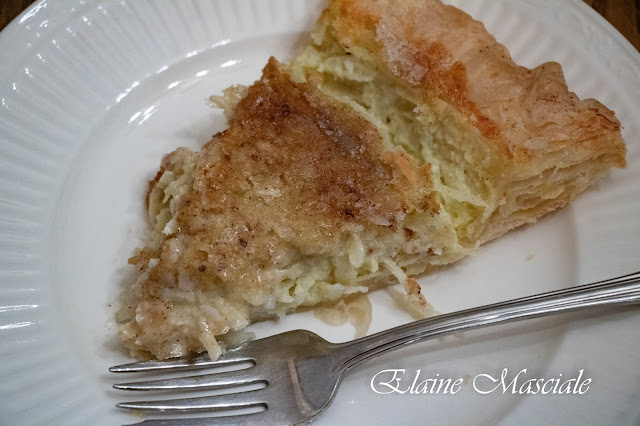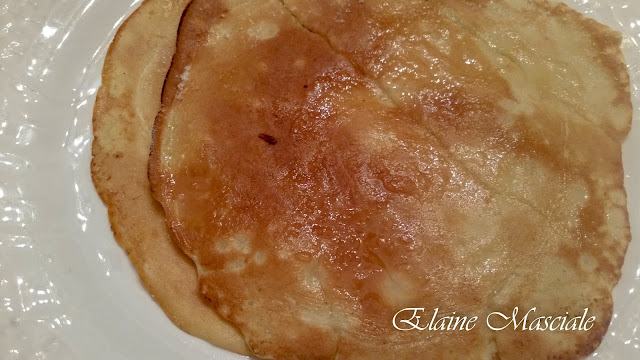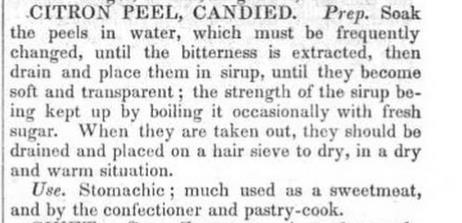A Plain, Cheap Soup

Winter is such a wonderful, satisfying time for soup! My entry for the Historical Food Fortnightly Challenge "Downstairs Dinner" is A Plain Cheap Soup. The Challenge Historical Food Fortnightly Challenge Season 4, Number 2: Downstairs Dinner. Make a dish of the working classes. The Recipe This recipe comes from The Practical Cookbook (Philadelphia, 1850) What I Did / The Method Ingredients Leftover meat bones: I used the carcass of a roast chicken Two large carrots, peeled and chopped Three small turnips, peeled and chopped One large yellow onion, peeled and chopped 2 whole cloves salt and pepper water Method Being used to making soup from scratch on a frequent basis, this concept felt very easy and familiar. I placed the chicken carcass in a large pot and liberally covered it with water, then let it cook for several hours until the meat fell off the bones. At this point I refrigerated the e






